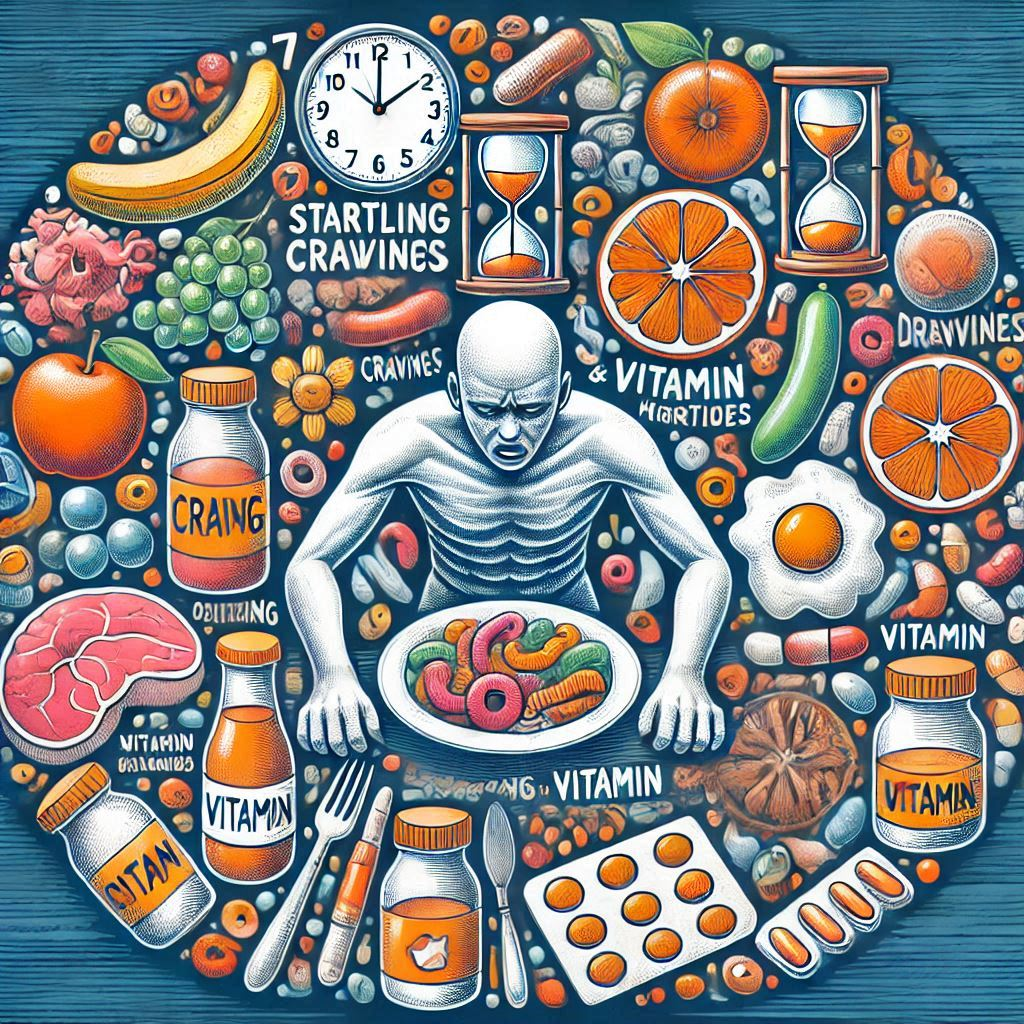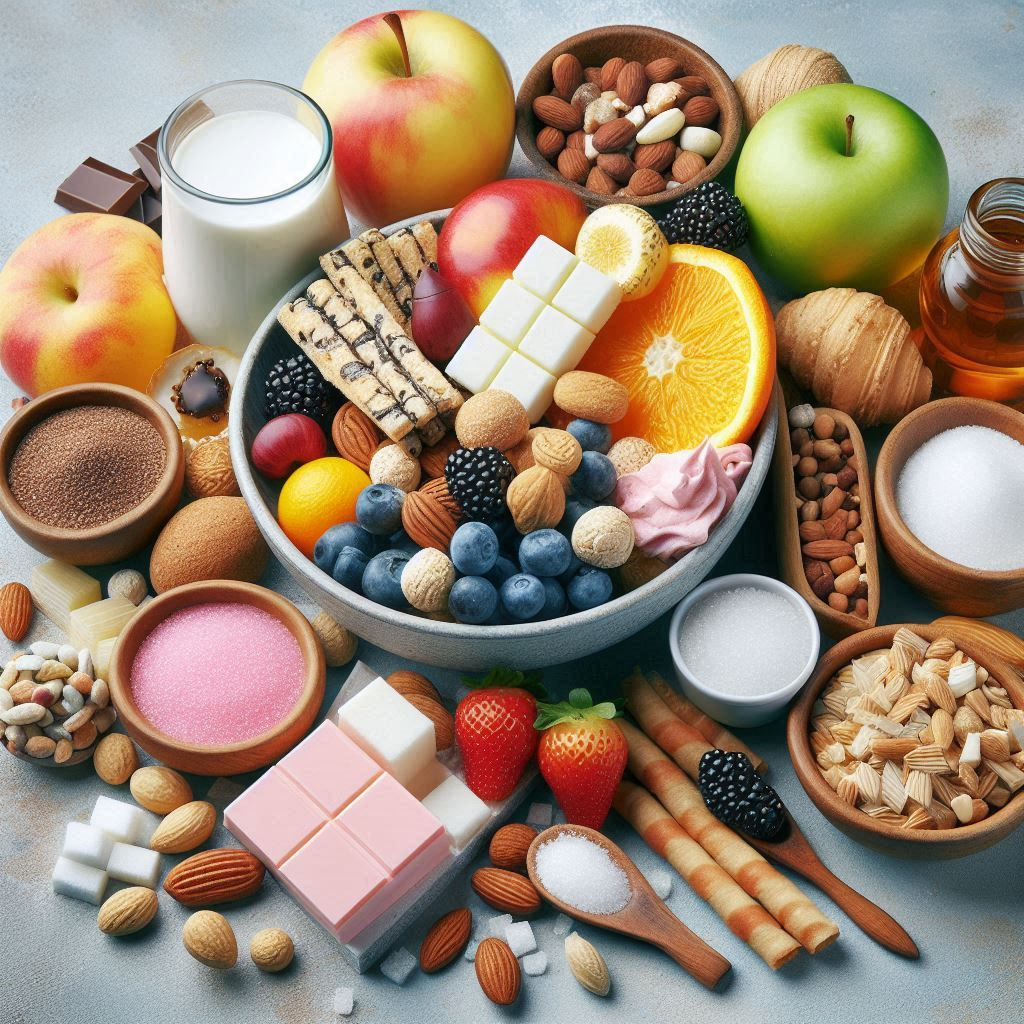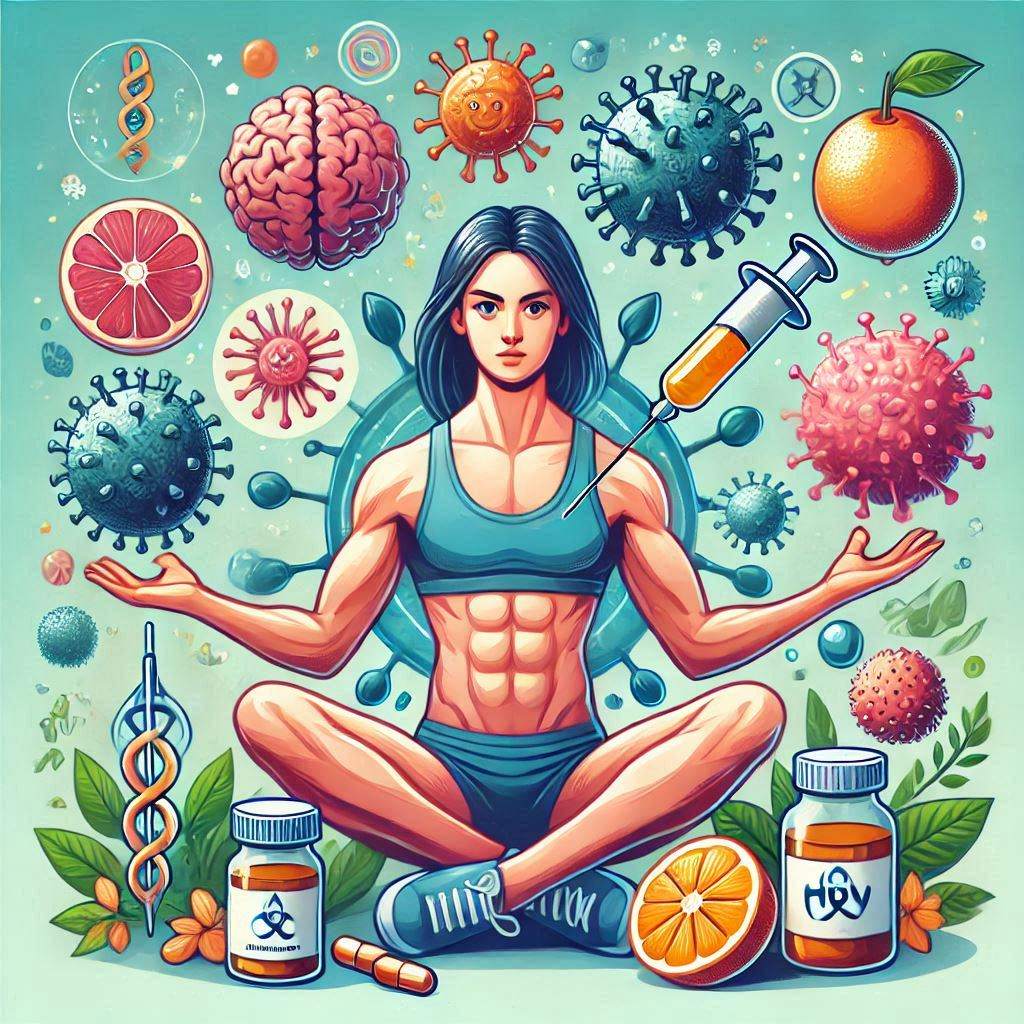Explore 7 startling cravings and the vitamin shortages they indicate. Learn about symptoms, causes, and effective dietary solutions to improve your health.
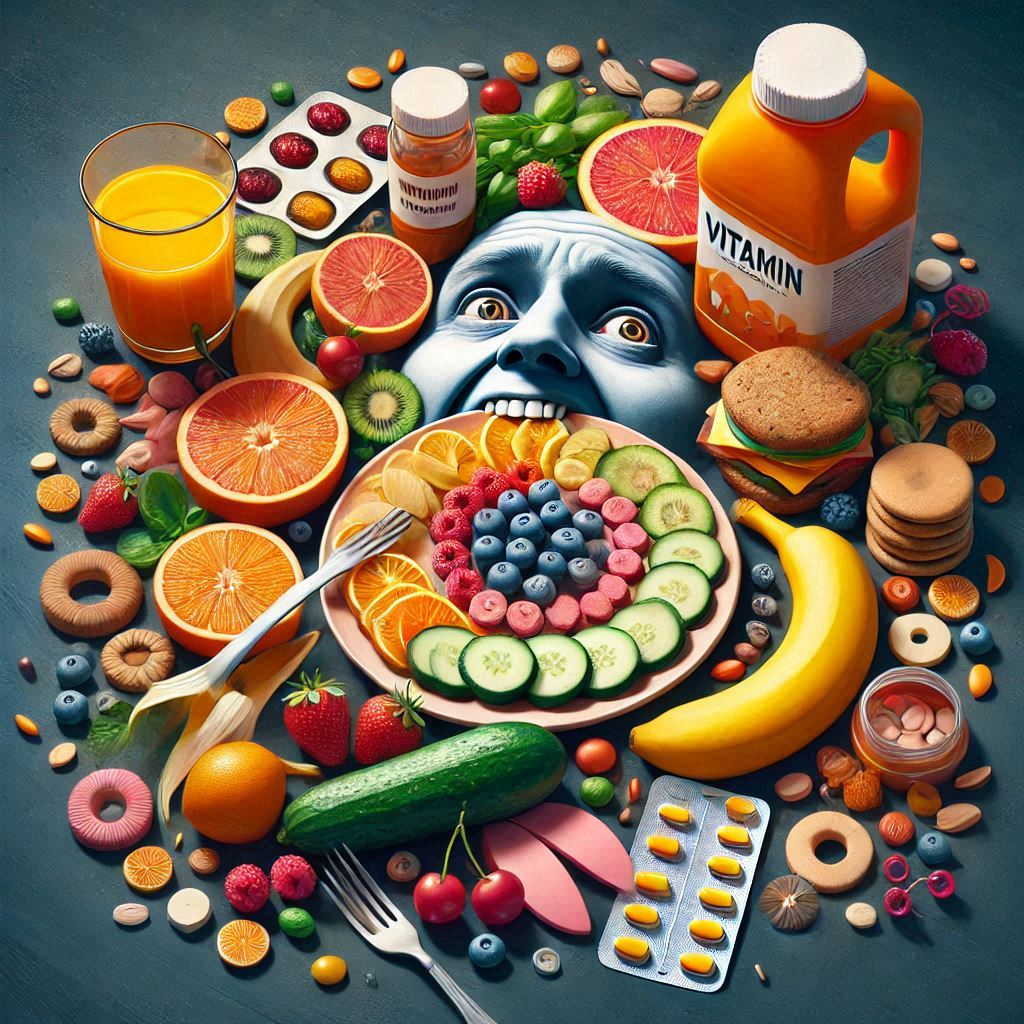
Introduction
Overview of Food Cravings and Their Significance
Food cravings are intense desires to consume specific foods, often driven by emotional, psychological, or physiological factors. These cravings can be triggered by various stimuli, such as stress, hormonal changes, or nutrient deficiencies. Understanding the underlying causes of food cravings is essential for maintaining a balanced diet and overall health.
Importance of Understanding the Link Between Cravings and Vitamin Deficiencies
Recognizing the connection between food cravings and vitamin deficiencies can help individuals address their nutritional needs more effectively. By identifying and addressing these deficiencies, one can reduce cravings, improve health, and prevent potential complications associated with nutrient imbalances.
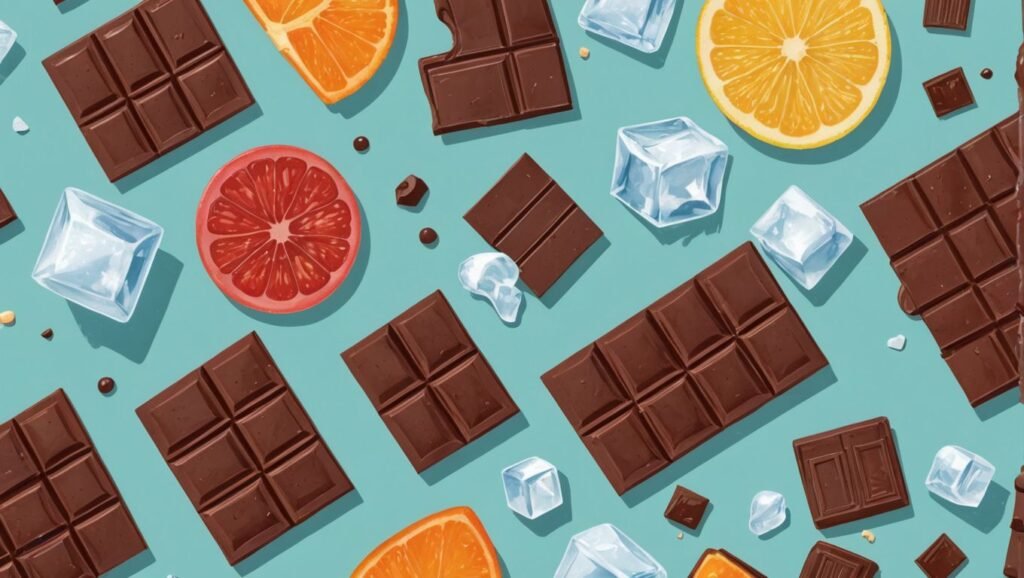
Craving 1: Chocolate
Possible Vitamin Deficiency: Magnesium
Craving chocolate may indicate a magnesium deficiency. Magnesium is an essential mineral that plays a crucial role in various bodily functions, including muscle and nerve function, blood sugar regulation, and bone health.
Symptoms of Magnesium Deficiency
- Muscle cramps and spasms
- Fatigue and weakness
- Nausea and vomiting
- Loss of appetite
- Abnormal heart rhythms
Foods Rich in Magnesium
- Dark leafy greens (spinach, kale)
- Nuts and seeds (almonds, pumpkin seeds)
- Whole grains (brown rice, quinoa)
- Legumes (black beans, chickpeas)
- Dark chocolate (in moderation)
Tips to Manage Chocolate Cravings
- Incorporate magnesium-rich foods into your diet to address the deficiency.
- Opt for dark chocolate with a high cocoa content, as it contains more magnesium and less sugar.
- Practice mindful eating to understand the emotional triggers behind your cravings.
- Stay hydrated, as dehydration can sometimes be mistaken for hunger or cravings.
Craving 2: Ice
Possible Vitamin Deficiency: Iron
Craving ice, also known as pagophagia, is often associated with iron deficiency anemia. Iron is a vital mineral that helps produce hemoglobin, a protein in red blood cells that carries oxygen throughout the body.
Symptoms of Iron Deficiency
- Fatigue and weakness
- Pale skin
- Shortness of breath
- Dizziness or lightheadedness
- Cold hands and feet
- Brittle nails
Foods Rich in Iron
- Red meat (beef, lamb)
- Poultry (chicken, turkey)
- Fish (salmon, tuna)
- Legumes (lentils, beans)
- Dark leafy greens (spinach, Swiss chard)
- Fortified cereals and grains
Tips to Manage Ice Cravings
- Increase Iron Intake: Incorporate iron-rich foods into your diet to address the deficiency. Pairing iron-rich foods with vitamin C-rich foods (such as citrus fruits, bell peppers, and tomatoes) can enhance iron absorption.
- Iron Supplements: If dietary changes are insufficient, consider taking iron supplements under the guidance of a healthcare professional.
- Regular Check-Ups: Schedule regular check-ups with your healthcare provider to monitor your iron levels and overall health.
- Stay Hydrated: Ensure you are drinking enough water throughout the day, as dehydration can sometimes lead to cravings for ice.
- Mindful Eating: Pay attention to your body’s hunger and thirst signals to differentiate between true hunger and cravings.
Craving 3: Salty Foods
Possible Vitamin Deficiency: Sodium
Craving salty foods may indicate a sodium deficiency. Sodium is an essential electrolyte that helps regulate fluid balance, nerve function, and muscle contractions.
Symptoms of Sodium Deficiency
- Headache
- Nausea and vomiting
- Fatigue and weakness
- Muscle cramps and spasms
- Confusion and irritability
Foods Rich in Sodium
- Table salt
- Canned soups and vegetables
- Processed meats (ham, bacon)
- Cheese
- Bread and rolls
Tips to Manage Salty Food Cravings
- Moderate Salt Intake: Use salt in moderation to avoid excessive sodium consumption.
- Healthy Alternatives: Opt for healthier salty snacks like nuts, seeds, and whole-grain crackers.
- Stay Hydrated: Drink plenty of water to maintain fluid balance and reduce cravings.
- Balanced Diet: Ensure your diet includes a variety of nutrient-rich foods to prevent deficiencies.
Craving 4: Sweets
Possible Vitamin Deficiency: Chromium
Craving sweets may indicate a chromium deficiency. Chromium is a trace mineral that plays a role in carbohydrate and lipid metabolism, as well as insulin function.
Symptoms of Chromium Deficiency
- Fatigue and weakness
- Anxiety and mood swings
- Poor blood sugar control
- Increased hunger and cravings
Foods Rich in Chromium
- Broccoli
- Grape juice
- Whole grains
- Potatoes
- Green beans
Tips to Manage Sweet Cravings
- Chromium-Rich Foods: Incorporate chromium-rich foods into your diet to address the deficiency.
- Balanced Meals: Eat balanced meals with protein, healthy fats, and complex carbohydrates to stabilize blood sugar levels.
- Mindful Eating: Practice mindful eating to understand the emotional triggers behind your cravings.
- Healthy Alternatives: Choose healthier sweet options like fruits, yogurt, and dark chocolate.
Craving 5: Red Meat
Possible Vitamin Deficiency: Zinc
Craving red meat may indicate a zinc deficiency. Zinc is an essential mineral that supports immune function, wound healing, and DNA synthesis.
Symptoms of Zinc Deficiency
- Frequent infections
- Hair loss
- Loss of appetite
- Delayed wound healing
- Impaired taste and smell
Foods Rich in Zinc
- Red meat (beef, lamb)
- Poultry (chicken, turkey)
- Shellfish (oysters, crab)
- Legumes (chickpeas, lentils)
- Nuts and seeds (pumpkin seeds, cashews)
Tips to Manage Red Meat Cravings
- Zinc-Rich Foods: Incorporate zinc-rich foods into your diet to address the deficiency.
- Balanced Diet: Ensure your diet includes a variety of nutrient-rich foods to prevent deficiencies.
- Healthy Alternatives: Opt for lean cuts of meat and plant-based protein sources like legumes and nuts.
- Supplements: Consider zinc supplements if dietary changes are insufficient, under the guidance of a healthcare professional.
Craving 6: Dairy Products
Possible Vitamin Deficiency: Calcium
Craving dairy products may indicate a calcium deficiency. Calcium is essential for bone health, muscle function, and nerve transmission.
Symptoms of Calcium Deficiency
- Muscle cramps and spasms
- Numbness and tingling in fingers
- Weak and brittle nails
- Osteoporosis and bone fractures
- Dental problems
Foods Rich in Calcium
- Dairy products (milk, cheese, yogurt)
- Leafy greens (kale, collard greens)
- Fortified plant-based milks (almond milk, soy milk)
- Fish with edible bones (sardines, salmon)
- Tofu and tempeh
Tips to Manage Dairy Product Cravings
- Calcium-Rich Foods: Incorporate calcium-rich foods into your diet to address the deficiency.
- Balanced Diet: Ensure your diet includes a variety of nutrient-rich foods to prevent deficiencies.
- Supplements: Consider calcium supplements if dietary changes are insufficient, under the guidance of a healthcare professional.
- Mindful Eating: Practice mindful eating to understand the emotional triggers behind your cravings.
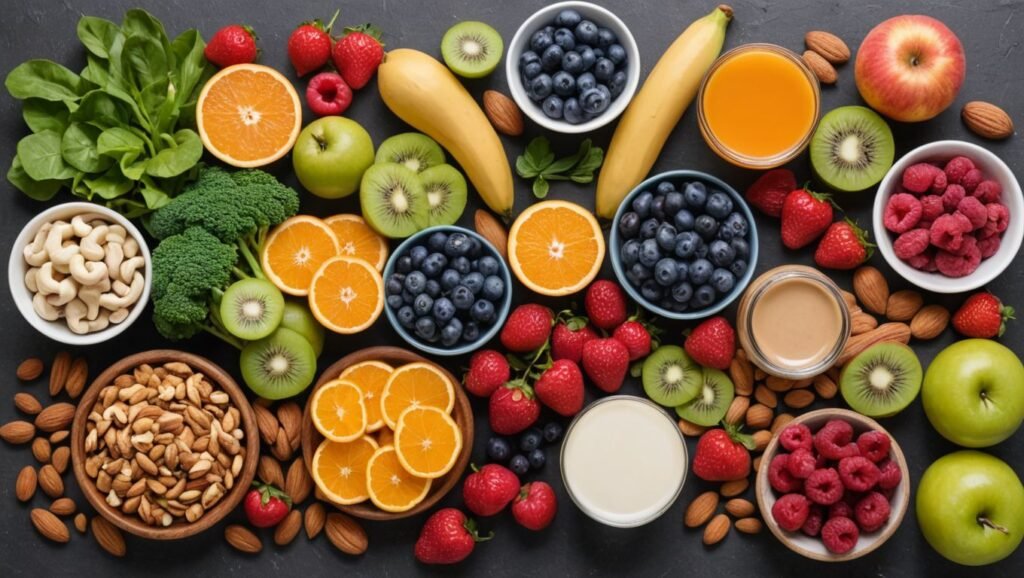
Craving 7: Non-Food Items (Pica)
Possible Vitamin Deficiency: Various (Iron, Zinc)
Craving non-food items, a condition known as pica, may indicate deficiencies in iron or zinc. Pica involves the consumption of substances such as dirt, clay, chalk, or paper.
Symptoms of Pica and Related Deficiencies
- Fatigue and weakness (iron deficiency)
- Frequent infections (zinc deficiency)
- Pale skin (iron deficiency)
- Hair loss (zinc deficiency)
- Impaired taste and smell (zinc deficiency)
Foods to Address Pica Cravings
- Iron-Rich Foods: Red meat, poultry, fish, legumes, dark leafy greens, fortified cereals.
- Zinc-Rich Foods: Red meat, poultry, shellfish, legumes, nuts, seeds.
Tips to Manage Non-Food Cravings
- Nutrient-Rich Foods: Incorporate iron and zinc-rich foods into your diet to address deficiencies.
- Supplements: Consider iron and zinc supplements if dietary changes are insufficient, under the guidance of a healthcare professional.
- Regular Check-Ups: Schedule regular check-ups with your healthcare provider to monitor nutrient levels and overall health.
- Behavioral Strategies: Seek support from a healthcare professional to address the underlying causes of pica and develop strategies to manage cravings.
Understanding the Connection Between Cravings and Deficiencies
How the Body Signals Nutrient Needs Through Cravings
The body often signals nutrient needs through cravings. When specific nutrients are lacking, the body may trigger cravings for foods that contain those nutrients. Understanding these signals can help individuals address their nutritional needs and maintain overall health.
The Role of Balanced Nutrition in Preventing Cravings
Balanced nutrition plays a crucial role in preventing cravings. Consuming a variety of nutrient-rich foods ensures that the body receives essential vitamins and minerals, reducing the likelihood of deficiencies and associated cravings. A well-balanced diet supports overall health and well-being.
Practical Tips for Addressing Vitamin Deficiencies
Incorporating Nutrient-Rich Foods into Your Diet
- Variety: Include a wide range of fruits, vegetables, whole grains, lean proteins, and healthy fats in your diet.
- Fortified Foods: Choose fortified foods that provide additional vitamins and minerals.
- Meal Planning: Plan balanced meals that incorporate nutrient-dense foods to meet your dietary needs.
Importance of Regular Health Check-Ups
Regular health check-ups are essential for monitoring nutrient levels and overall health. Healthcare providers can identify deficiencies early and recommend appropriate interventions to address them. Routine check-ups help ensure that individuals maintain optimal health and prevent potential complications.
Consulting with a Healthcare Professional for Personalized Advice
Consulting with a healthcare professional provides personalized advice tailored to individual nutritional needs. Healthcare providers can assess dietary habits, identify deficiencies, and recommend specific dietary changes or supplements. Personalized guidance helps individuals make informed decisions about their health and nutrition.
Conclusion
Recap of the Link Between Cravings and Vitamin Deficiencies
Food cravings can be indicative of underlying vitamin deficiencies. Recognizing and addressing these deficiencies is essential for maintaining overall health and well-being. By understanding the connection between cravings and nutrient needs, individuals can make informed dietary choices to support their health.
Encouragement to Listen to Your Body and Make Informed Dietary Choices
Listening to your body and paying attention to cravings can provide valuable insights into your nutritional needs. Making informed dietary choices based on these signals helps ensure that you receive essential vitamins and minerals. Prioritizing balanced nutrition and addressing deficiencies can improve overall health and prevent potential complications.
Final Thoughts on Maintaining a Balanced and Healthy Diet
Maintaining a balanced and healthy diet is key to preventing nutrient deficiencies and associated cravings. Incorporating a variety of nutrient-rich foods, staying hydrated, and seeking personalized advice from healthcare professionals can support optimal health. By staying proactive and informed, individuals can achieve and maintain a healthy lifestyle.

